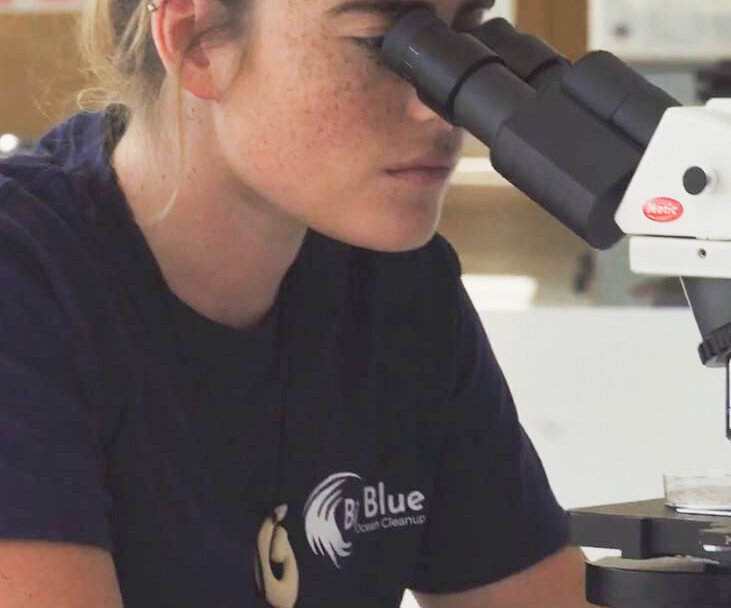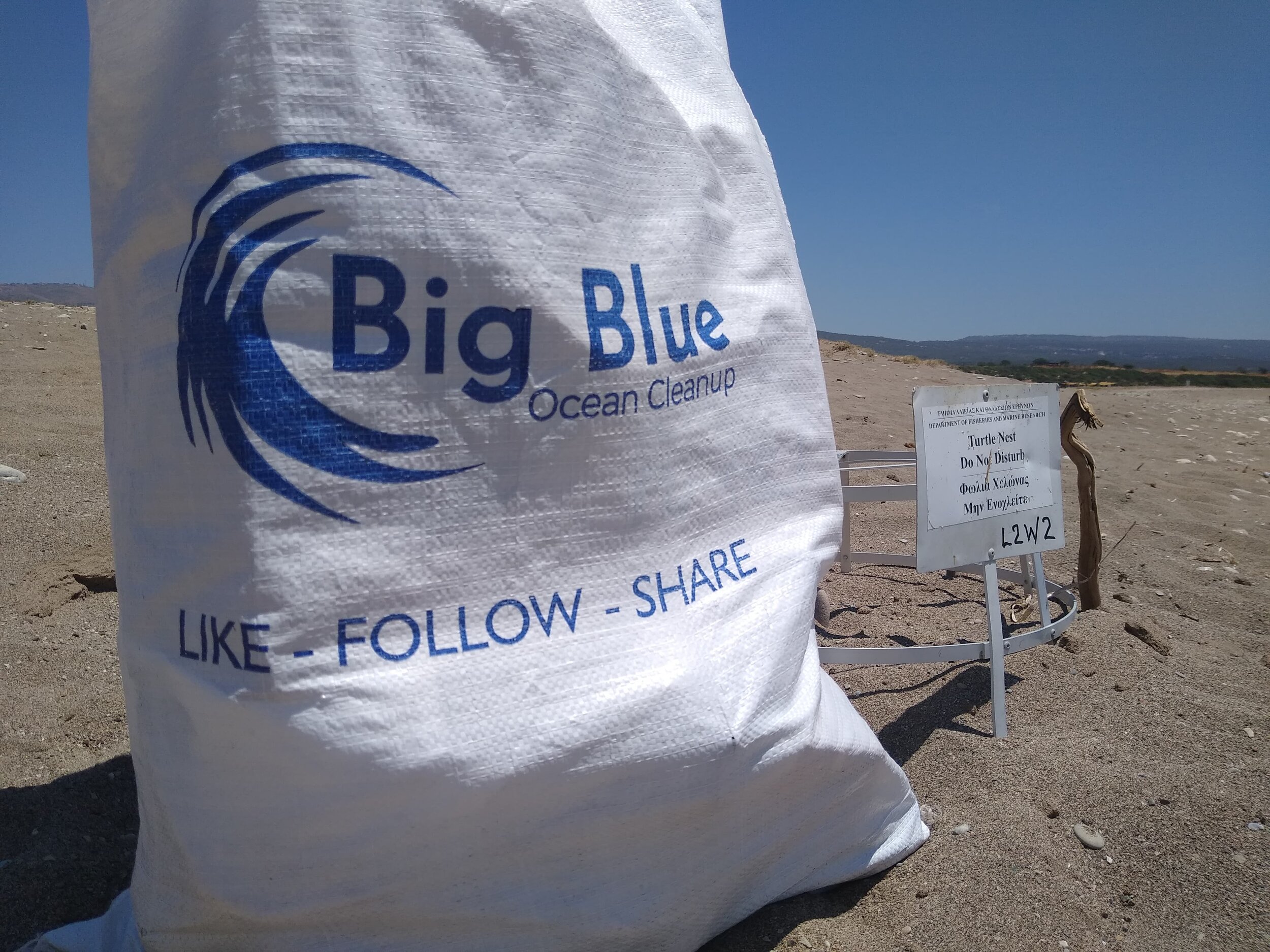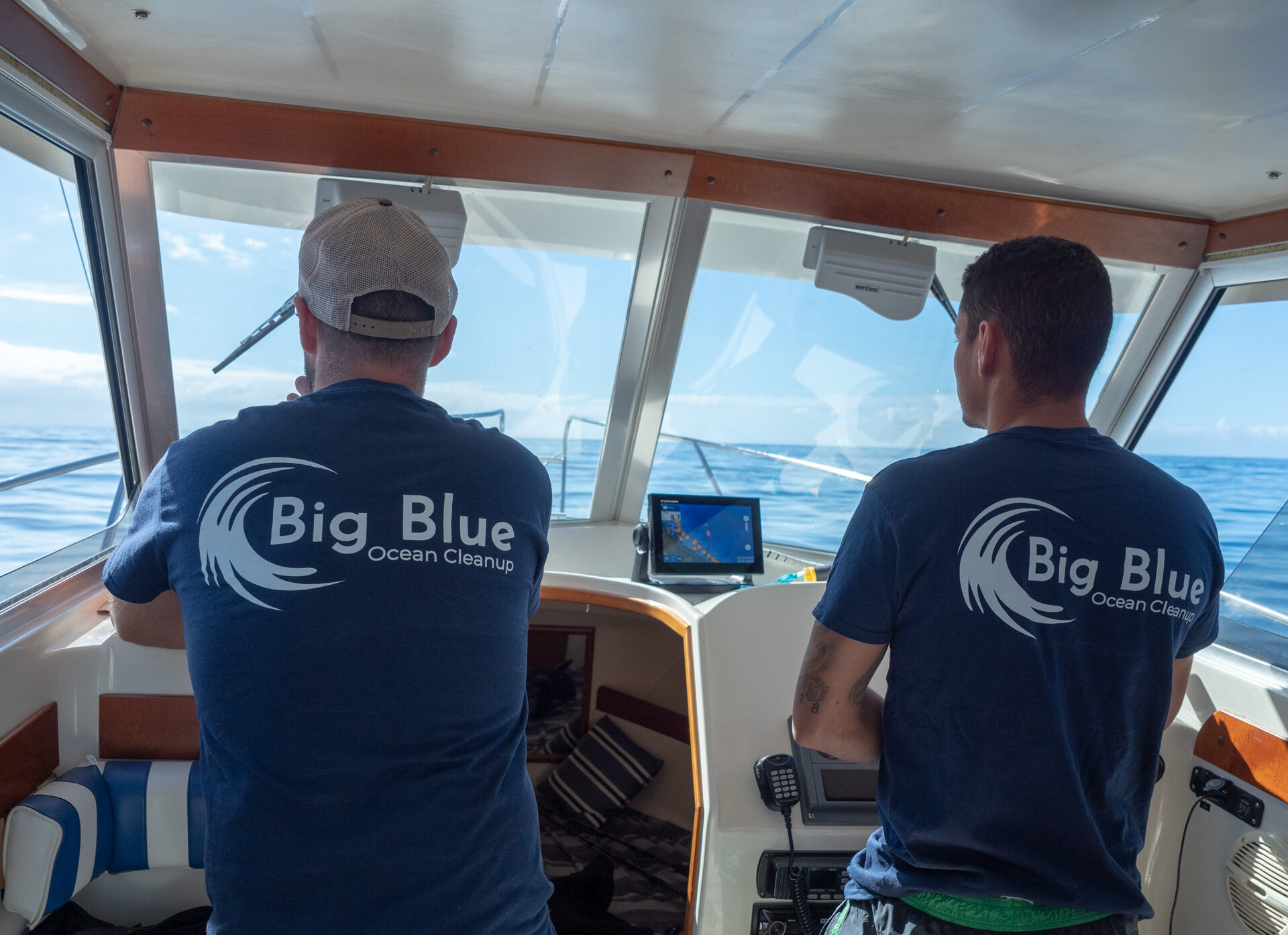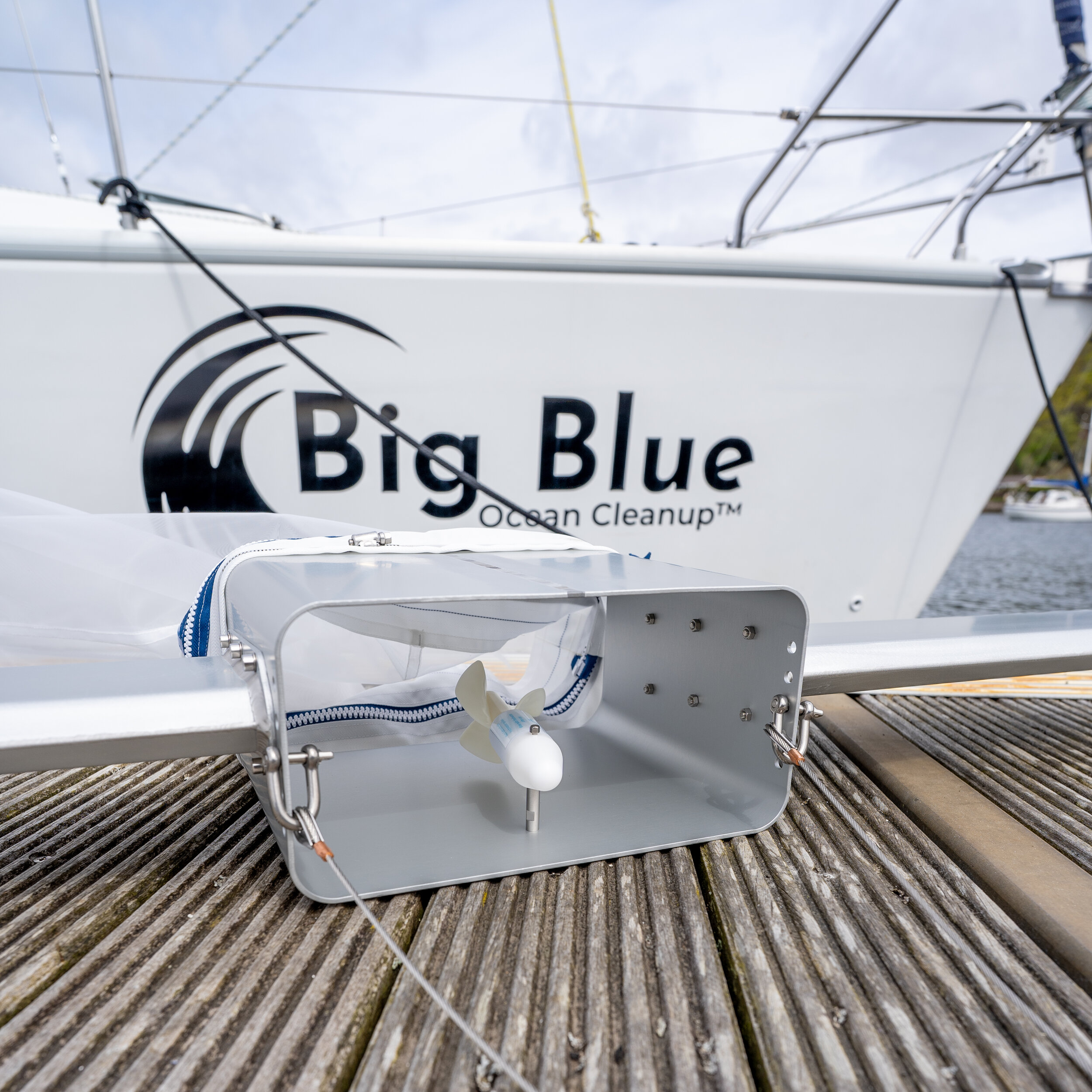Scientific Research
Plastic doesn’t disappear. It just breaks down.
And what’s left are fragments — too small to see, but everywhere.
At Big Blue Ocean Cleanup, we quietly collect data from the field to better understand how plastic moves, breaks apart, and settles into the ocean’s fabric. Not to sound alarms — but to see clearly.
What Are Microplastics?
Tiny plastic particles between 1 micron and 5mm in size. They move through rivers, lakes, and oceans — carried by current, consumed by life.
What We Don’t Know (Yet)
Microplastics are present throughout the ocean — in surface water, deep sea, marine animals, and even the air. We don’t fully understand how they affect life. But we’re listening. Watching. Recording.
Our Approach
We collect samples with specialised nets and tools. We separate plastic particles from natural material using simple density-based methods. Each dataset is a reflection — a clearer picture of what’s really here. We don’t use this data to fuel panic.
We use it to hold presence — and build understanding that leads to clean, coherent response.





